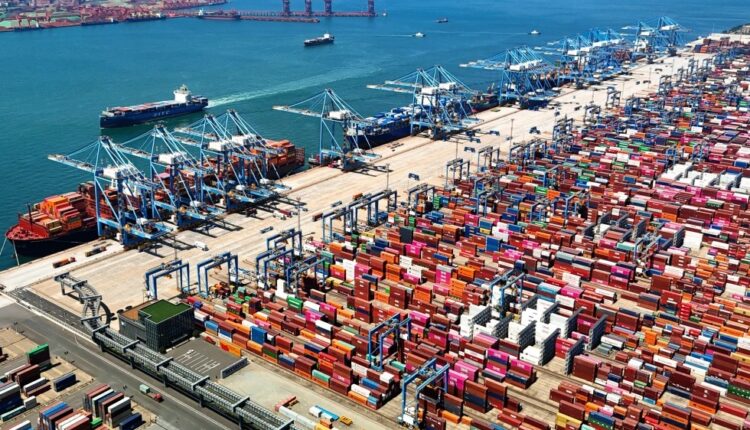SeaNews – Economic tensions between Washington and Beijing have escalated into a maritime tariff conflict. Starting October 14, the U.S. will impose new port fees on vessels built, owned, or operated by Chinese companies. In response, China announced it will charge U.S.-flagged ships 400 yuan (≈$55) per ton of cargo per voyage from the same date.
The U.S. move, part of the “National Port Security Act,” targets ships with more than 50% Chinese ownership or technology, while China cited reciprocity to defend national interests. Analysts warn the reciprocal fees could raise global logistics costs by up to $3 billion annually, disrupt supply chains, and increase consumer prices.
Shipping lines may reroute vessels to third-party ports like Singapore, Busan, and Vancouver, reshaping maritime traffic in East Asia. Insurers also warn of higher operational risks and insurance premiums.
Beyond economics, this clash reflects strategic rivalry, with the U.S. pushing to reduce reliance on Chinese-built ships, and China signaling it can retaliate in kind. The maritime tariff war highlights a new form of global supply chain instability—fought not with weapons, but with port bills and service fees.

